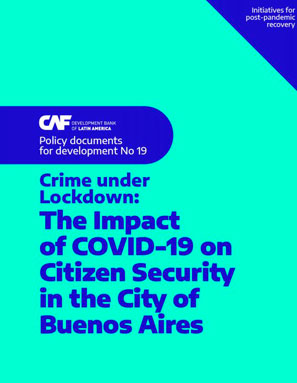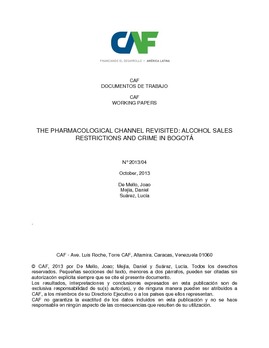Workfare and crime: evidence for Argentina
Resumen
This paper investigates the effect of introducing a massive workfare program on property crimes. In order to circumvent the endogeneity problem common to joint factors determining crime and demand for workfare we make use of instrumental variables. We exploit two special features. First, the program was assigned according to political criteria which were trying to attract provinces and/or counties who were aligned with the national government. Second, the program was grant in mid-2002 and closed afterwards, so there were no new-comers to the program. We use political affiliation of different level of governments as instrument for the number of workfare programs per capita and find that the program reduced property crime but had no effect on other kinds of crime. The paper represents a contribution to the crime literature, since this issue has not been explored. If workfare programs have an effect on crime, then the welfare effect is different from the one often calculated in the literature.
Materia
País / Región
Fecha
2011Citar de esta publicación
Item perteneciente a la Colección
Autor
Alzúa, María LauraItems Relacionados
Police reform, training and crime: experimental evidence from colombia's plan cuadrantes
The Plan Nacional de Vigilancia Comunitaria por Cuadrantes (PNVCC) is a new police patrolling program introduced in the eight major cities of Colombia ...
Crime under Lockdown: The Impact of COVID-19 on Citizen Security in the City of Buenos Aires
This paper studies the impact of the COVID-19 pandemic and the subsequent lockdown on criminal activity in the City of Buenos Aires, Argentina. We find ...
The pharmacological channel revisited: alcohol sales restrictions and crime in Bogotá
Our goal in this paper is twofold: First, evaluate the impact on crime of the restriction of latenight alcohol sales in Bogotá; and second, quantify the ...






